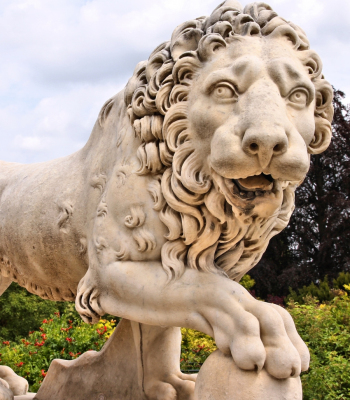
Preservation & Environment
Château de Compiègne
The biggest neo-classical palace in France was once a mecca for French court life and stands today as an important historical landmark.
Learn More


In 1641, the young parliamentarian Nicolas Fouquet bought the estate of Vaux-le-Vicomte, located 30 miles southeast of Paris. Over the next 20 years, Fouquet (who became King Louis XIV's Superintendent of Finances) oversaw the building of a majestic chateau, tapping the king's primary architect, Louis Le Vau, as well as painter Charles Le Brun and garden designer André Le Notre to realize his grand vision. By the time that Fouquet christened the chateau with an extravagant party in 1661, Louis XIV had already taken notice in all the wrong ways: Statesman Jean-Baptiste Colbert poisoned the king against Fouquet, misleading Louis XIV into believing that Fouquet had funded construction with public money and that Fouquet was raising an army against him. Colbert replaced Fouquet as France's finance minister and Fouquet was eventually sentenced to life in prison.
Vaux-le-Vicomte was shuttered and its contents were seized by the king, who ordered Le Vau, Le Brun, and Le Notre to build an even larger palace: Versailles. Fouqet's wife, Marie-Madeleine de Castille, repossessed the estate a decade later, selling it in 1705 to military commander Marshal de Villars. De Villars' son sold Vaux-le-Vicomte in 1764 to the Duc de Praslin, whose descendants auctioned it off a century later after it had fallen into neglect. French sugar magnate Alfred Sommier began restoring the estate to its original glory, a mission that his great-great-grandchildren, Jean-Charles, Alexandre, and Ascanio de Vogüé honor to this day.
Open to the public since 1968, the largest private estate classified as a French Historical Monument is a living testament to 17th-century French grandeur. In addition to Christmas- and Easter-themed programming, the chateau offers "Candlelit Evenings," during which the estate is illuminated by 2,000 candles.
Event- Retour aux Sourees
Project Support - Fountain Renovation